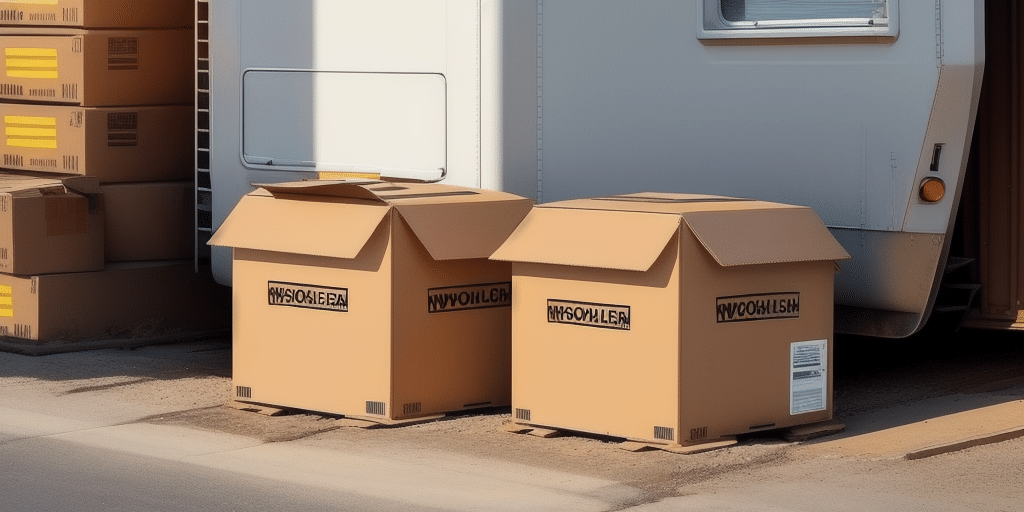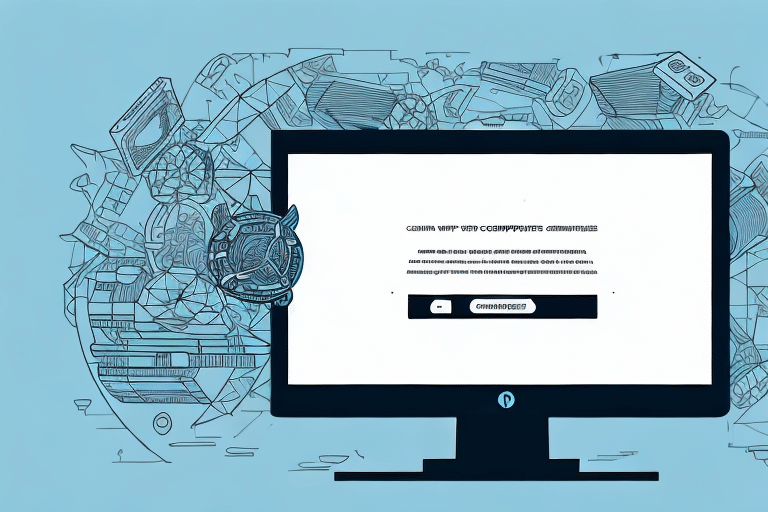Understanding and Resolving UPS WorldShip Lock-Ups
If you frequently use UPS WorldShip for shipping your products, you may have experienced lock-ups and freezes that can delay your entire shipping process. These lock-ups can occur due to a variety of reasons, from system issues to outdated software. In this article, we'll explore the causes of UPS WorldShip lock-ups, the importance of fixing them, and provide a comprehensive guide to resolving these issues. By the end of this article, you'll be equipped with the tools and knowledge to ensure a smooth shipping experience with a stable UPS WorldShip.
Causes of UPS WorldShip Lock-Ups
Understanding the underlying causes of UPS WorldShip lock-ups is essential for effective troubleshooting. Here are the primary factors that can lead to these issues:
- System Resource Overload: Running multiple applications simultaneously can strain system resources, leading to conflicts and lock-ups.
- Outdated Software: Using an outdated version of UPS WorldShip may cause compatibility issues with the operating system and other software.
- Hardware Issues: Faulty hardware components can interrupt system operations, resulting in freezes and performance problems.
- Network Connectivity Problems: Unstable or unreliable network connections can prevent UPS WorldShip from communicating effectively with servers, causing errors.
- Insufficient System Memory: Limited RAM can hinder the smooth operation of UPS WorldShip, especially when running alongside other applications.
According to a 2023 industry report, over 30% of shipping delays are attributed to software and system issues, highlighting the importance of maintaining up-to-date and optimized systems.
Common Symptoms of UPS WorldShip Lock-Ups
Identifying the symptoms of UPS WorldShip lock-ups can help you address issues promptly and minimize disruptions to your shipping process:
- Program Freezes: The application becomes unresponsive during operations.
- Error Messages: Notifications such as "Not Responding," "Application Error," or "Lock-Up Detected" appear.
- Printing Issues: Inability to print shipping labels, which can delay shipments.
- Data Loss: Freezes or crashes may result in incomplete shipments or lost data.
Experiencing these symptoms, especially under tight shipping deadlines, can be frustrating and impact your business operations.
The Importance of Addressing UPS WorldShip Lock-Ups
Resolving lock-up issues in UPS WorldShip is critical for maintaining an efficient and reliable shipping process. Unaddressed lock-ups can lead to:
- Delayed Shipments: Lock-ups can halt your shipping operations, resulting in late deliveries.
- Package Delivery Errors: Errors in shipping labels or tracking information can lead to misplaced or lost packages.
- Increased Operational Costs: Resolving issues caused by lock-ups can be time-consuming and costly.
- Reduced Customer Satisfaction: Delays and errors can negatively affect customer experiences and trust.
By promptly addressing and fixing lock-up issues, you ensure that your shipping processes remain smooth, reliable, and cost-effective, ultimately enhancing customer satisfaction.
How to Fix UPS WorldShip Lock-Ups
Follow these step-by-step solutions to resolve UPS WorldShip lock-up issues:
Step 1: Restart the UPS WorldShip Program
Sometimes, simply restarting the UPS WorldShip application can resolve minor lock-up issues. Close the program completely and reopen it to see if the issue persists. Ensure you save any important data before restarting to prevent data loss.
Step 2: Update UPS WorldShip Software
Keeping your UPS WorldShip software up-to-date ensures compatibility and fixes known issues. Check for updates within the application or visit the official UPS updates page to download the latest version. Always back up your data before installing updates.
Step 3: Optimize System Resources
Close unnecessary background applications to free up system resources. Additionally, consider adjusting the priority of UPS WorldShip in the Task Manager to ensure it has sufficient resources for smooth operation.
Step 4: Clear Cache and Temporary Files
Clearing the cache and temporary files can eliminate corrupted data that may cause lock-ups. Navigate to the Tools menu in UPS WorldShip, select Options, and then the Cache tab. Click on "Clear Cache" and restart the program.
Step 5: Troubleshoot Hardware Issues
If software solutions don't resolve the lock-ups, inspect your hardware. Check all connections, test your system's RAM, and review event logs for hardware-related errors. Addressing faulty hardware components can prevent further lock-up issues.
Step 6: Contact Technical Support
If you've tried all the above steps without success, it's time to seek professional assistance. Contact UPS WorldShip's technical support team, providing detailed information about your issue, including error messages and steps you've already taken to troubleshoot.
For more advanced support, refer to the UPS WorldShip support page.
Preventing Future UPS WorldShip Lock-Ups
Implementing best practices can help prevent future lock-up issues and ensure the continuous smooth operation of UPS WorldShip:
- Regular Software Updates: Always keep UPS WorldShip and your operating system updated with the latest patches and versions.
- Maintain System Hardware: Ensure your hardware components are in good condition and meet the recommended specifications for running UPS WorldShip.
- Optimize System Resources: Manage running applications to prevent resource overloads that can cause conflicts.
- Regular Data Backups: Frequently back up your UPS WorldShip data to prevent data loss in case of unexpected issues.
- Employee Training: Train staff on the proper use of UPS WorldShip to minimize user-related errors that could lead to lock-ups.
According to TechRepublic's best practices, proactive system maintenance can reduce software-related interruptions by up to 40%.
Conclusion: Ensuring a Smooth Shipping Experience with UPS WorldShip
Addressing and preventing UPS WorldShip lock-ups is vital for maintaining an efficient and reliable shipping process. By understanding the causes, recognizing the symptoms, and implementing the step-by-step solutions outlined in this article, you can minimize disruptions and enhance your shipping operations. Regular maintenance, updates, and best practices will not only prevent lock-ups but also improve overall system performance, leading to timely and accurate package deliveries that satisfy your customers.




















